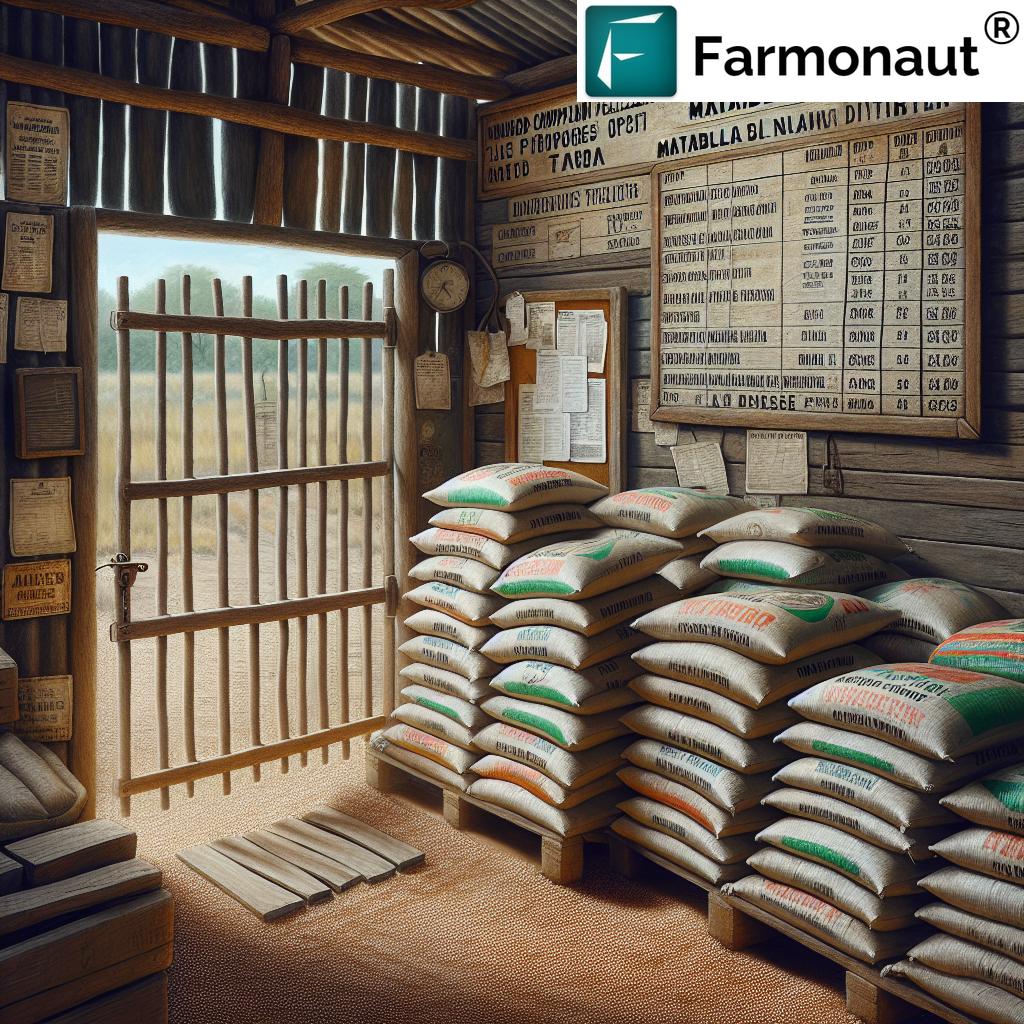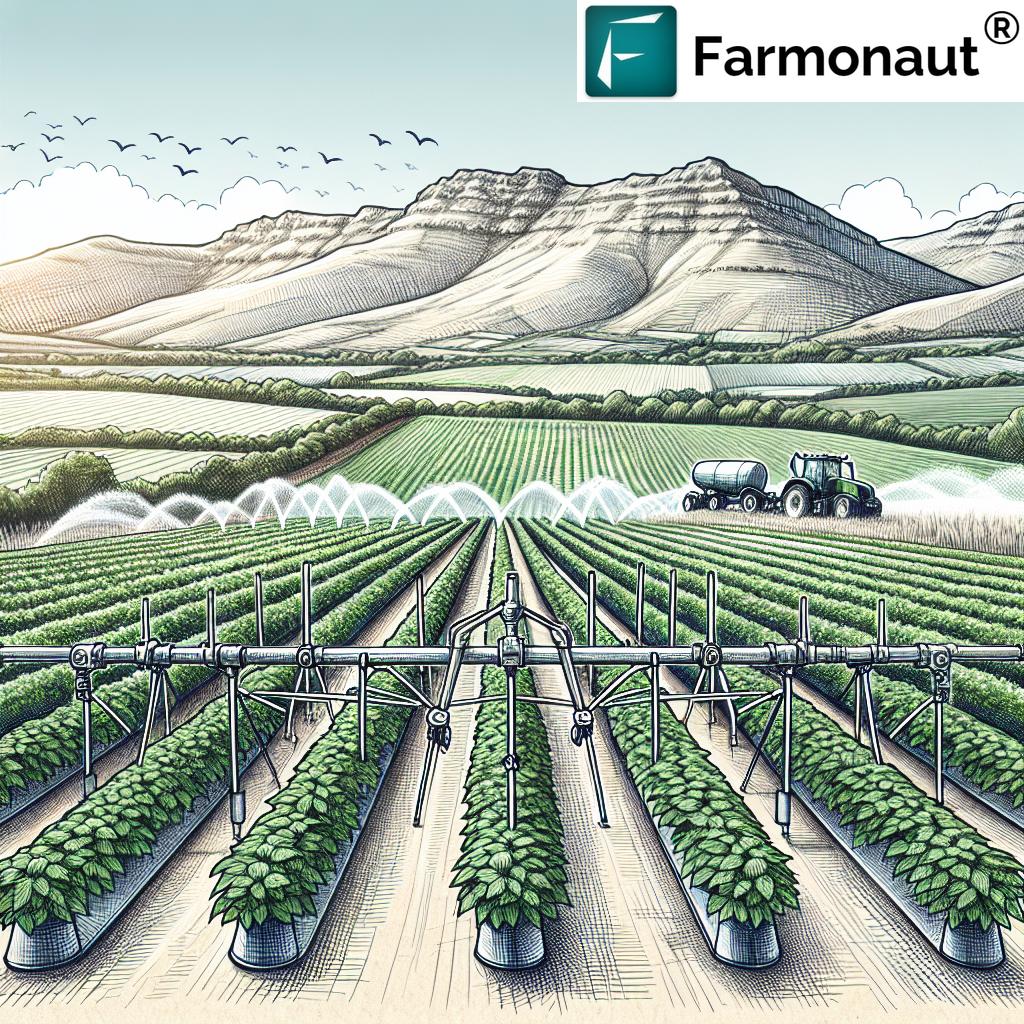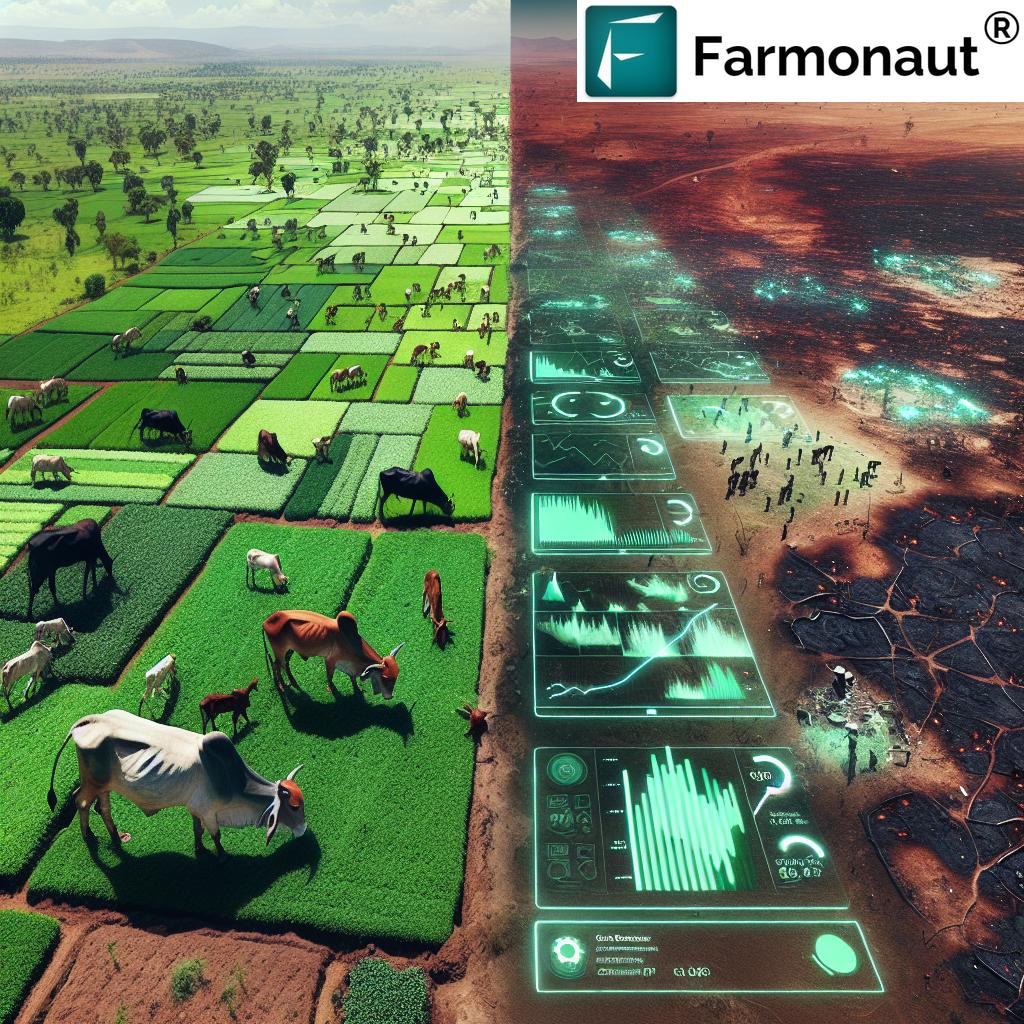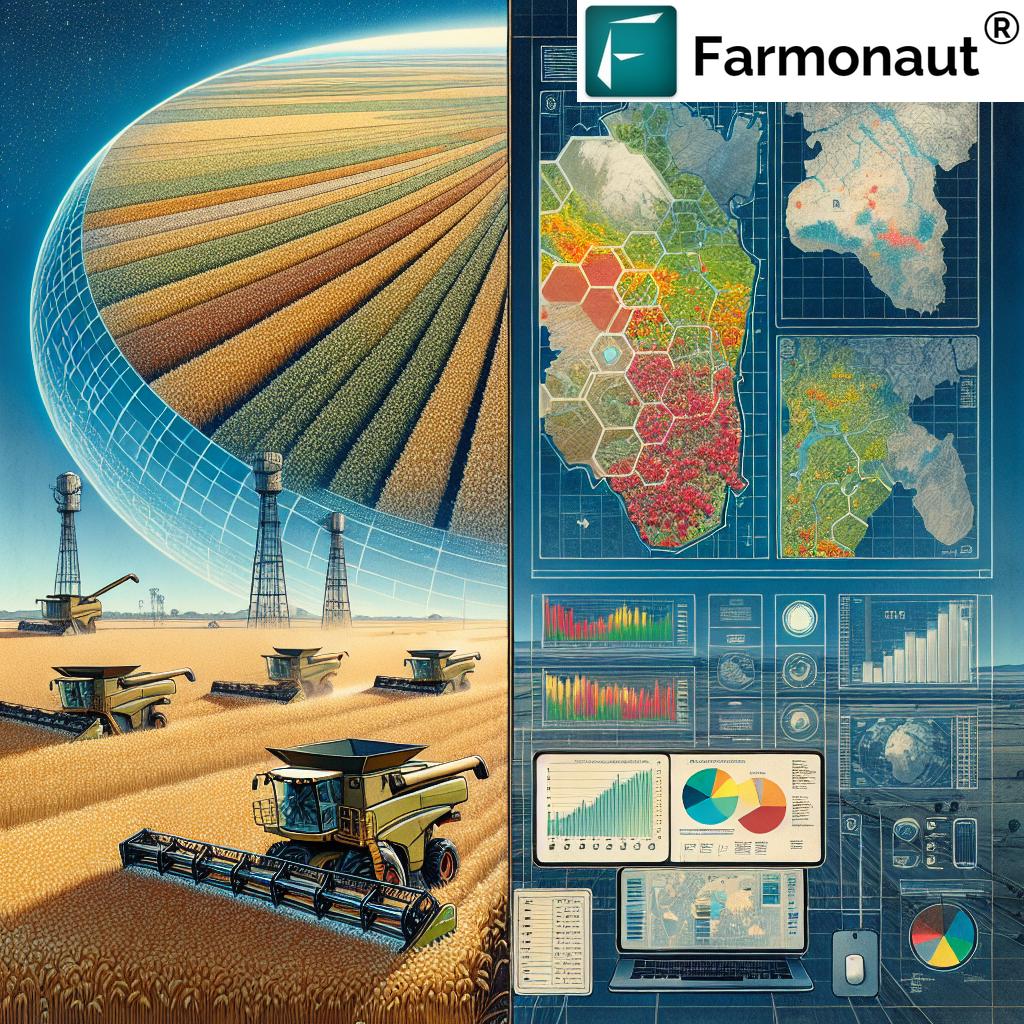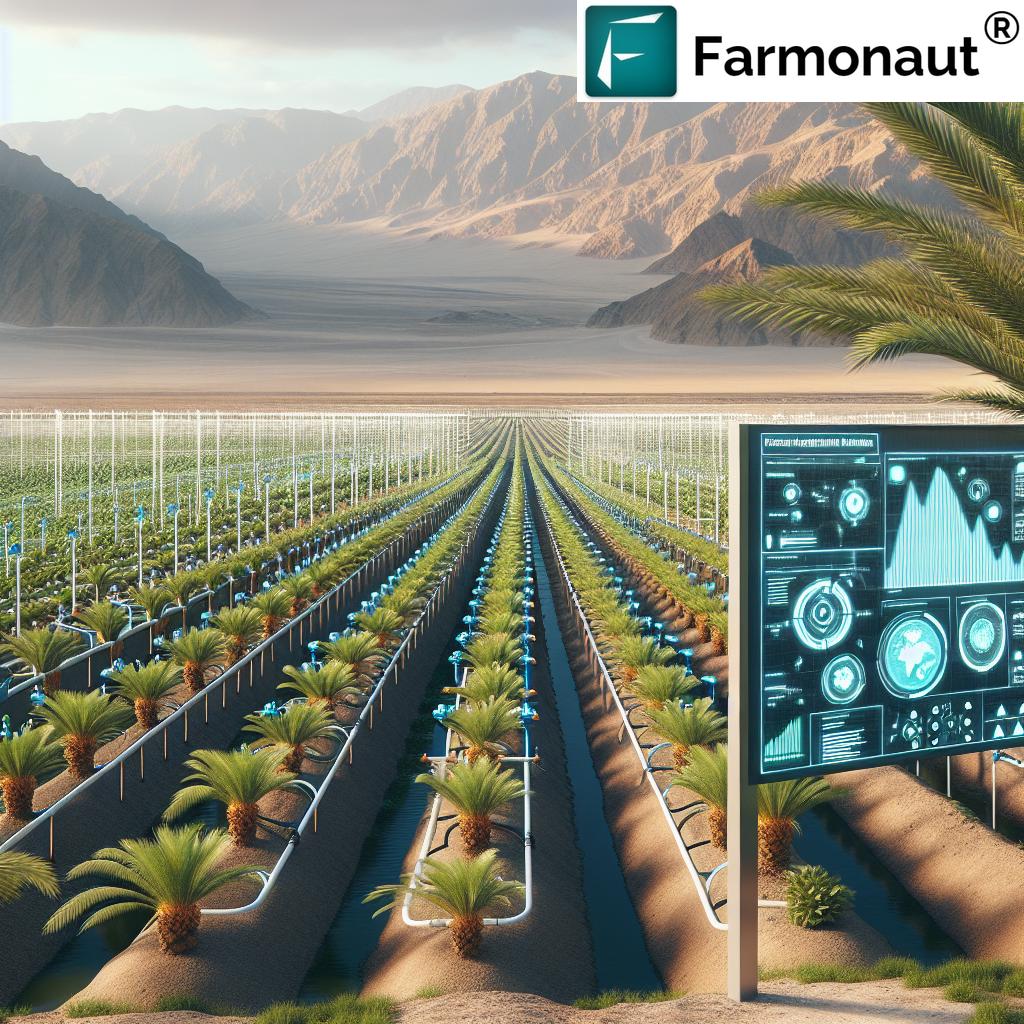Revolutionizing Zimbabwe’s Agriculture: Climate-Smart Techniques for Food Security and Sustainable Farming
“Zimbabwe’s shift to drought-resistant crops has increased food security for over 500,000 small-scale farmers in the past 5 years.”
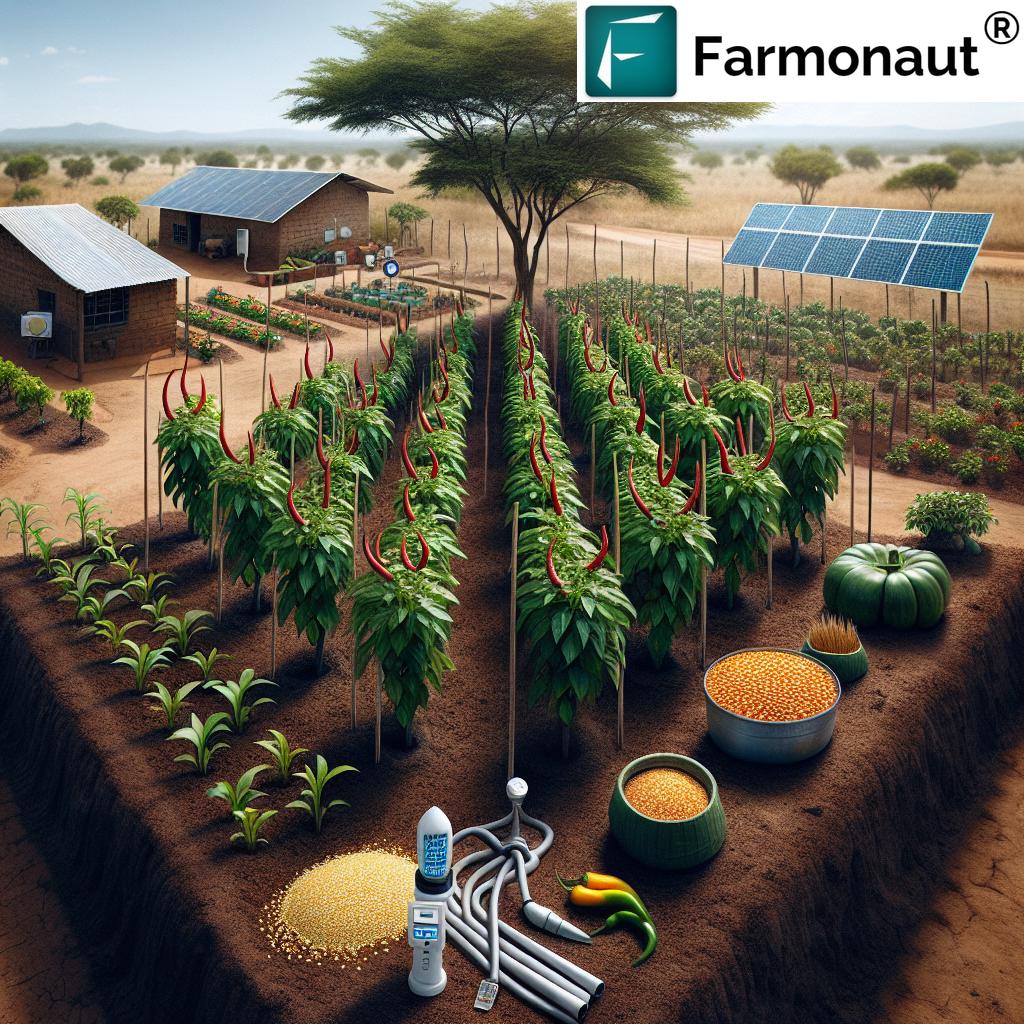
In the heart of southern Africa, a quiet revolution is taking place. Zimbabwe, a country long known for its agricultural heritage, is facing unprecedented challenges due to climate change. However, in the face of adversity, we’re witnessing a remarkable transformation in farming practices that promises to secure food for millions and pave the way for a sustainable future.
As we delve into the world of climate-smart agriculture in Zimbabwe, we’ll explore how innovative techniques and technologies are reshaping the landscape of farming in this drought-prone region. From the adoption of drought-resistant crops to the implementation of solar-powered irrigation systems, we’ll uncover the strategies that are not only combating hunger but also creating new economic opportunities for local farmers.
The Shift from Traditional to Climate-Smart Agriculture
For centuries, corn (maize) has been the staple crop of Zimbabwe, deeply ingrained in the country’s culture and cuisine. However, as climate change intensifies, traditional corn farming has become increasingly risky, especially for small-scale farmers who form the backbone of the nation’s agricultural sector.
In Chipinge district, we meet Gertrude Siduna, a 49-year-old farmer whose story epitomizes the ongoing agricultural transformation. Like many of her peers, Siduna has made the bold decision to move away from corn cultivation, instead focusing on growing chilies. This shift isn’t just a change in crop choice; it represents a fundamental adaptation to the new realities of farming in a changing climate.
The transition to climate-smart agriculture is supported by programs funded by the U.S. Agency for International Development (USAID). These initiatives are proving instrumental in equipping farmers like Siduna with the knowledge and resources needed to thrive in challenging conditions. The results speak for themselves – Siduna’s chili crops have brought her financial success, earning approximately $400, which she now uses to purchase corn from local shops.
Understanding Climate-Smart Agriculture
Climate-smart agriculture (CSA) is an approach that helps guide actions to transform agri-food systems towards green and climate resilient practices. It aims to tackle three main objectives:
- Sustainably increasing agricultural productivity and incomes
- Adapting and building resilience to climate change
- Reducing and/or removing greenhouse gas emissions, where possible
In Zimbabwe, CSA techniques are being implemented through various strategies:
- Crop Diversification: Moving away from water-intensive corn to drought-resistant crops like chilies and millets.
- Water-Efficient Irrigation: Implementing solar-powered irrigation systems in community gardens.
- Soil Conservation: Practicing minimal tillage and using cover crops to maintain soil health.
- Weather Monitoring: Utilizing advanced weather forecasting to make informed planting and harvesting decisions.
These practices are not only helping farmers adapt to climate change but are also contributing to increased food security and improved livelihoods.
The Role of Technology in Climate-Smart Agriculture
As we embrace climate-smart agriculture, technology plays a crucial role in enhancing farming practices and decision-making. Innovative platforms like Farmonaut are at the forefront of this agricultural revolution, offering satellite-based farm management solutions that are both affordable and accessible to farmers worldwide.
Farmonaut’s technology integrates satellite imagery, artificial intelligence, and machine learning to provide valuable insights into crop health, soil moisture levels, and other critical metrics. This data-driven approach allows farmers to make informed decisions about irrigation, fertilizer usage, and pest management, ultimately optimizing crop yields and reducing resource wastage.
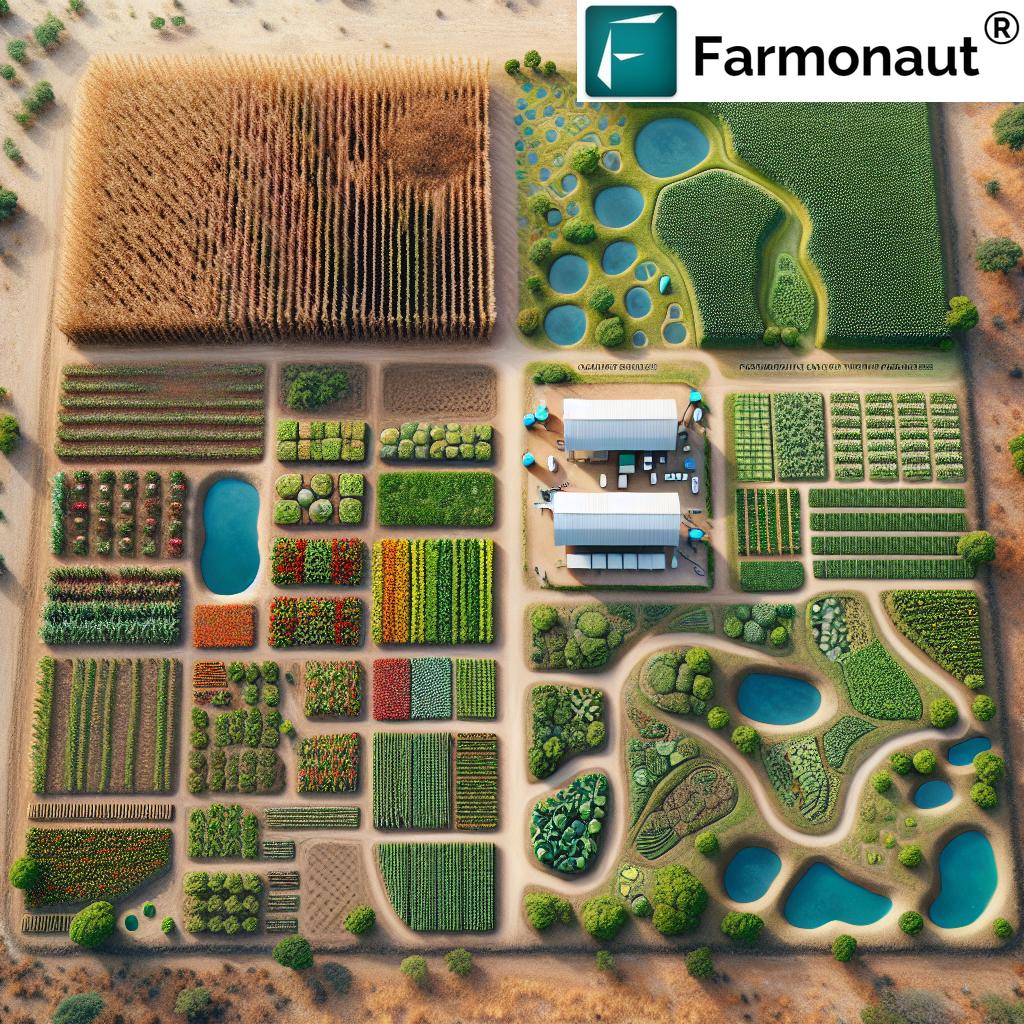
For farmers in Zimbabwe and other drought-prone regions, access to such technology can be transformative. By leveraging satellite data and AI-driven insights, farmers can:
- Monitor crop health in real-time
- Predict and mitigate the impacts of drought
- Optimize water usage through precision irrigation
- Identify pest and disease outbreaks early
These capabilities are particularly valuable in the face of climate change, where traditional farming knowledge may no longer suffice in predicting weather patterns and crop performance.
Solar-Powered Irrigation: A Game-Changer for Water Management
“Solar-powered irrigation systems in Zimbabwe have improved water efficiency by 40% in community gardens across drought-prone regions.”
One of the most significant innovations in climate-smart agriculture in Zimbabwe is the introduction of solar-powered irrigation systems. These systems are revolutionizing water management in community gardens, providing a reliable and sustainable source of water for crops even in the driest conditions.
The benefits of solar-powered irrigation are manifold:
- Increased water efficiency
- Reduced reliance on fossil fuels
- Lower operational costs for farmers
- Extended growing seasons
- Improved crop yields and quality
In Chiredzi district, where rivers are drying up due to prolonged droughts, solar panels now power water pumps that fill tanks and supply taps in community gardens. This innovation has not only sustained vegetable production but has also created new economic opportunities for villagers who can now sell their produce and support their households.
The Impact of Climate-Smart Agriculture on Food Security
The shift towards climate-smart agriculture is having a profound impact on food security in Zimbabwe. With approximately 7.7 million people – nearly half the nation’s population – requiring food assistance, the adoption of resilient farming practices is critical.
Climate-smart techniques are addressing food security in several ways:
- Increased Crop Yields: Drought-resistant crops and efficient irrigation lead to more consistent harvests.
- Diversified Food Sources: Moving beyond corn to a variety of crops improves nutritional outcomes.
- Reduced Crop Failures: Climate-resilient practices minimize the risk of total crop loss due to extreme weather events.
- Extended Growing Seasons: Solar-powered irrigation allows for year-round cultivation in some areas.
These improvements are not just theoretical. Farmers like Gertrude Siduna are experiencing real benefits, with their new crops providing both food and income security in the face of changing climate conditions.
Comparing Traditional and Climate-Smart Agriculture
| Agricultural Aspect | Traditional Methods | Climate-Smart Techniques |
|---|---|---|
| Primary Crops | Corn (Maize) | Chilies, Millets, Drought-resistant varieties |
| Irrigation Methods | Rain-fed, Manual watering | Solar-powered irrigation systems |
| Water Efficiency (estimated %) | 30-40% | 70-80% |
| Yield Potential (estimated %) | 50-60% in drought years | 80-90% with resilient crops |
| Climate Resilience | Low | High |
| Food Security Impact | Vulnerable to climate shocks | Improved stability and diversity |
| Economic Opportunities | Limited, dependent on corn prices | Diversified income streams |
| Environmental Sustainability | Low, prone to soil degradation | High, focuses on conservation |
The Role of International Aid and Development Programs
The transition to climate-smart agriculture in Zimbabwe is significantly supported by international aid and development programs. USAID, in particular, has been instrumental in providing training, resources, and innovative techniques to local farmers.
Key aspects of these programs include:
- Farmer education and training in climate-smart techniques
- Provision of drought-resistant seeds and other inputs
- Implementation of solar-powered irrigation systems
- Support for market access and value chain development
The United States, as the largest contributor to global food aid, recognizes its obligation to assist those significantly affected by climate-related emergencies. The U.S. aims to mobilize $150 billion for climate-related initiatives, demonstrating a commitment to both food security and climate resilience.
However, it’s important to note that the current food aid approach needs refinement. Critics argue that donor nations often prioritize surplus crops like corn and wheat, which may not be suitable for the agricultural environments of recipient countries. There’s a growing call for a more balanced strategy that addresses the root causes of hunger through comprehensive programming targeting climate change, nutrition, and health.
Challenges and Future Prospects
While the shift to climate-smart agriculture in Zimbabwe shows great promise, it’s not without challenges. Some of the key issues include:
- Limited access to technology and resources for many small-scale farmers
- The need for ongoing education and support to implement new techniques
- Balancing traditional farming knowledge with new climate-smart practices
- Securing consistent funding for long-term agricultural development programs
Despite these challenges, the future of agriculture in Zimbabwe looks promising. As more farmers adopt climate-smart techniques and technologies, we can expect to see:
- Increased resilience to climate shocks
- Improved food security at both household and national levels
- Enhanced economic opportunities in rural areas
- Reduced environmental impact of agricultural practices
Technologies like those offered by Farmonaut will play an increasingly important role in this transformation. By providing affordable access to satellite-based farm management solutions, Farmonaut is helping to democratize precision agriculture and make it accessible to farmers of all scales.
The Global Implications of Zimbabwe’s Agricultural Revolution
The climate-smart agriculture revolution in Zimbabwe has implications that extend far beyond its borders. As a case study in agricultural adaptation to climate change, Zimbabwe’s experience offers valuable lessons for other countries facing similar challenges.
Key takeaways include:
- The importance of crop diversification in building resilience
- The potential of solar-powered irrigation in water-scarce regions
- The role of technology in empowering small-scale farmers
- The need for holistic approaches that address both food security and climate resilience
As the world grapples with the global challenge of feeding a growing population in the face of climate change, the innovations and adaptations seen in Zimbabwe provide a blueprint for sustainable, resilient agriculture.
Leveraging Technology for Climate-Smart Agriculture
As we’ve seen, technology plays a crucial role in the implementation of climate-smart agriculture. Platforms like Farmonaut are at the forefront of this technological revolution, offering tools that can significantly enhance farming practices in Zimbabwe and beyond.
Some key features of Farmonaut’s technology that are particularly relevant to climate-smart agriculture include:
- Satellite-Based Crop Health Monitoring: This allows farmers to track vegetation health, soil moisture levels, and other critical metrics in real-time, enabling proactive management of crop health.
- AI Advisory System: Farmonaut’s Jeevn AI provides personalized farm advisory, including weather forecasts and expert crop management strategies, helping farmers make informed decisions.
- Resource Management Tools: These help optimize the use of water, fertilizers, and other inputs, reducing waste and improving efficiency.
- Carbon Footprinting: This feature helps agribusinesses monitor and reduce their environmental impact, aligning with global sustainability goals.
By integrating these technologies into their farming practices, Zimbabwean farmers can enhance their resilience to climate change, improve crop yields, and contribute to more sustainable agricultural practices.
The Path Forward: Sustainable Farming for a Food-Secure Future
As we look to the future of agriculture in Zimbabwe and other drought-prone regions, it’s clear that climate-smart techniques and technologies will play an increasingly vital role. The shift from traditional corn farming to more resilient crops and practices is not just a response to current challenges, but a proactive step towards a more sustainable and food-secure future.
Key strategies for the path forward include:
- Continued Investment in Climate-Smart Technologies: Expanding access to tools like solar-powered irrigation and satellite-based farm management systems.
- Capacity Building: Ongoing education and training for farmers to adapt to new techniques and technologies.
- Policy Support: Government initiatives to encourage and facilitate the adoption of climate-smart practices.
- Research and Development: Continued innovation in drought-resistant crop varieties and water-efficient farming methods.
- Global Collaboration: Sharing knowledge and resources across countries facing similar climate challenges.
By embracing these strategies and leveraging innovative technologies like those offered by Farmonaut, Zimbabwe and other nations can build a more resilient, productive, and sustainable agricultural sector.
Conclusion: A New Era of Agriculture in Zimbabwe
The agricultural revolution unfolding in Zimbabwe represents a beacon of hope in the face of climate change. By embracing climate-smart techniques and innovative technologies, farmers are not only adapting to challenging conditions but are also paving the way for a more sustainable and food-secure future.
From the shift to drought-resistant crops to the adoption of solar-powered irrigation and satellite-based farm management, we’re witnessing a transformation that goes beyond mere survival. These changes are creating new economic opportunities, improving nutrition, and building resilience in communities across the country.
As we move forward, the continued integration of technologies like those offered by Farmonaut will be crucial in empowering farmers with the data and insights they need to thrive in an ever-changing climate. By combining traditional farming wisdom with cutting-edge technology, Zimbabwe is setting an example for sustainable agriculture that can inspire and inform similar efforts around the world.
The journey towards climate-smart agriculture is ongoing, but the progress made in Zimbabwe demonstrates that with innovation, determination, and the right support, it’s possible to build a resilient and productive agricultural sector even in the face of significant climate challenges.
Frequently Asked Questions (FAQ)
- What is climate-smart agriculture?
Climate-smart agriculture is an approach that helps guide actions to transform agri-food systems towards green and climate-resilient practices. It aims to sustainably increase agricultural productivity and incomes, adapt and build resilience to climate change, and reduce greenhouse gas emissions where possible. - How is climate change affecting agriculture in Zimbabwe?
Climate change is causing more frequent and severe droughts in Zimbabwe, making traditional corn farming increasingly risky. This has led to crop failures, food insecurity, and economic hardship for many small-scale farmers. - What are some examples of climate-smart techniques being used in Zimbabwe?
Examples include shifting to drought-resistant crops like chilies and millets, implementing solar-powered irrigation systems, practicing minimal tillage, and using cover crops to maintain soil health. - How does Farmonaut contribute to climate-smart agriculture?
Farmonaut provides satellite-based farm management solutions that help farmers monitor crop health, optimize resource use, and make data-driven decisions. This technology supports more efficient and sustainable farming practices. - What role does international aid play in Zimbabwe’s agricultural transformation?
International aid, particularly from organizations like USAID, provides crucial support through training, resources, and funding for innovative agricultural projects. This aid helps farmers adopt climate-smart techniques and technologies.





